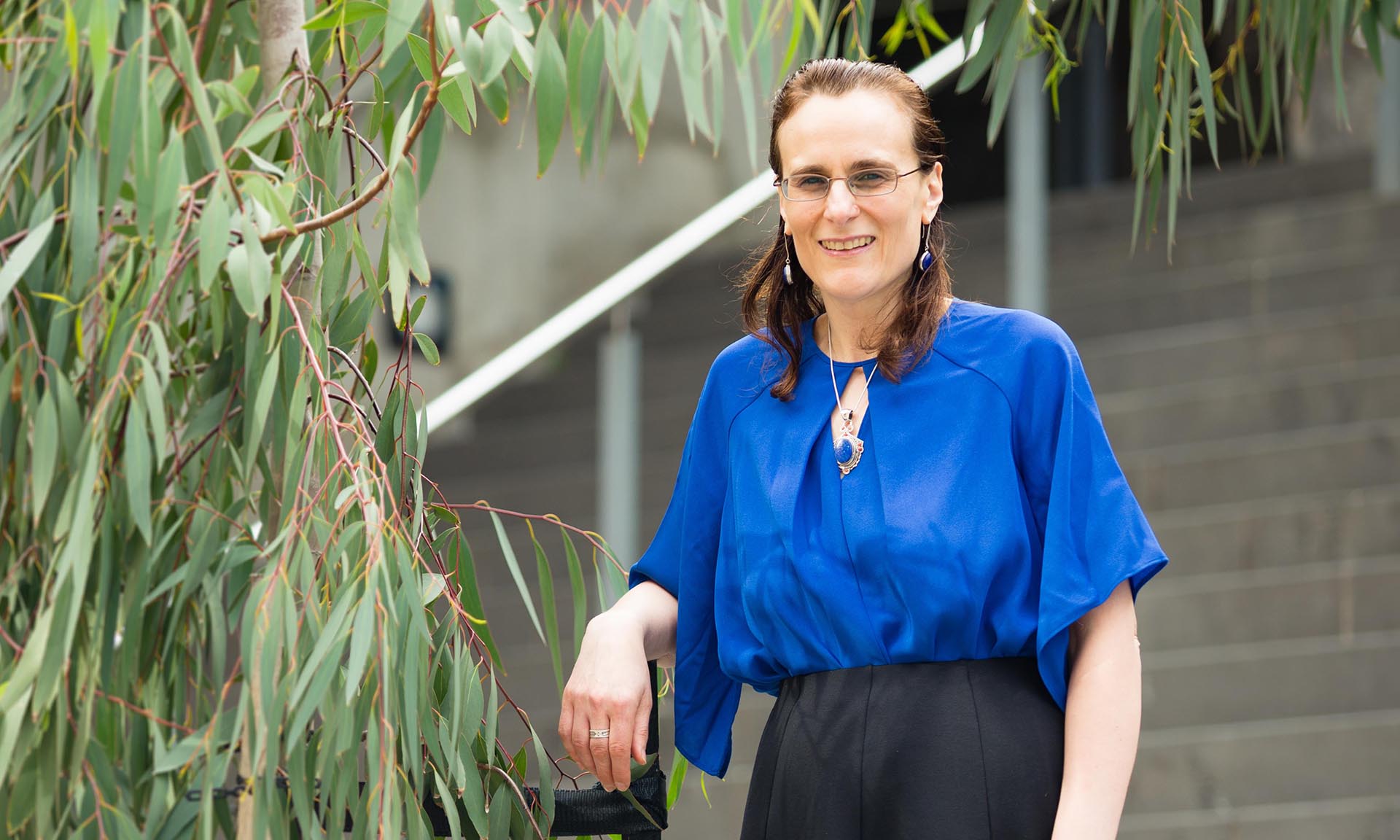The work was materialised as a result of significant contribution from RMIT’s Dr Torben Daeneke and the first author of the new Nature Communications paper, PhD researcher Nitu Syed.
The revolutionary method allows easy, inexpensive growth of large-area, wide-bandgap, 2D GaPO4 nanosheets of unit cell thickness.
It is the first demonstration of strong, out-of-plane piezoelectricity of the popular piezoelectric material.
The two-step process
- Exfoliate self-limiting gallium oxide from the surface of liquid gallium made possible by the lack of affinity between oxide and the bulk of the liquid metal
- “Print” that film onto a substrate and transform it into 2D GaPO4 via exposure to phosphate vapour
Applications
The new process is simple, scalable, low-temperature and cost effective, significantly expanding the range of materials available to industry at such scales and quality.
The process is suitable for the synthesis of free standing GaPO4 nanosheets. The low temperature synthesis method is compatible with a variety of electronic device fabrication procedures, providing a route for the development of future 2D piezoelectric materials.
This simple, industry-compatible procedure to print large surface area 2D piezoelectric films onto any substrate offers tremendous opportunities for the development of piezo-sensors and energy harvesters.
Piezoelectric materials
These are materials that can convert applied mechanical force or strain into electrical energy. Such materials form the basis of sound and pressure sensors, embedded devices that are powered by vibration or bending, and even the simple ‘piezo’ lighter used for gas BBQs and stovetops.
Piezoelectric materials can also take advantage of the small voltages generated by tiny mechanical displacement, vibration, bending or stretching to power miniaturised devices.
GaPO4
Gallium phosphate GaPO4 is a quartz-like crystal used in piezoelectric applications such as pressure sensors since the late 1980s, and particularly valued in high-temperature applications. Because it does not naturally crystallise in a stratified structure and hence cannot be exfoliated using conventional methods, its use to date has been limited to applications that rely on carving the crystal from its bulk.
The study
Printing two-dimensional gallium phosphate out of liquid metal is published in Nature Communications (DOI: 10.1038/s41467-018-06124-1).
Story: Gosia Kaszubska





